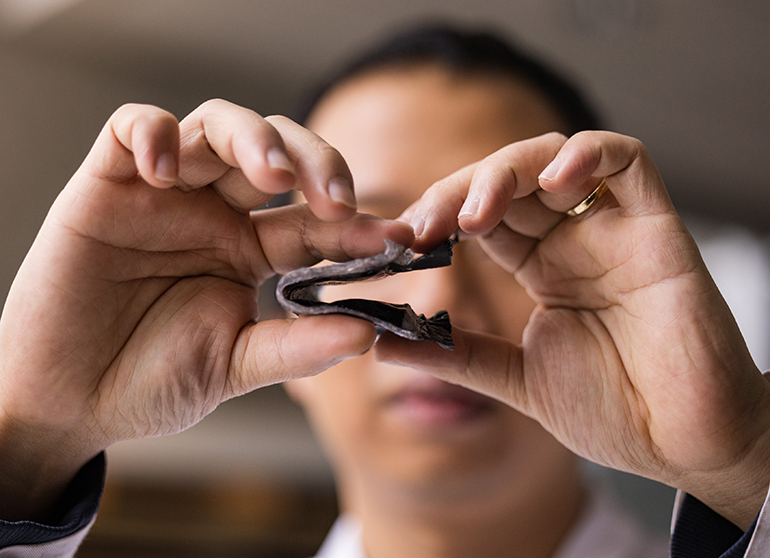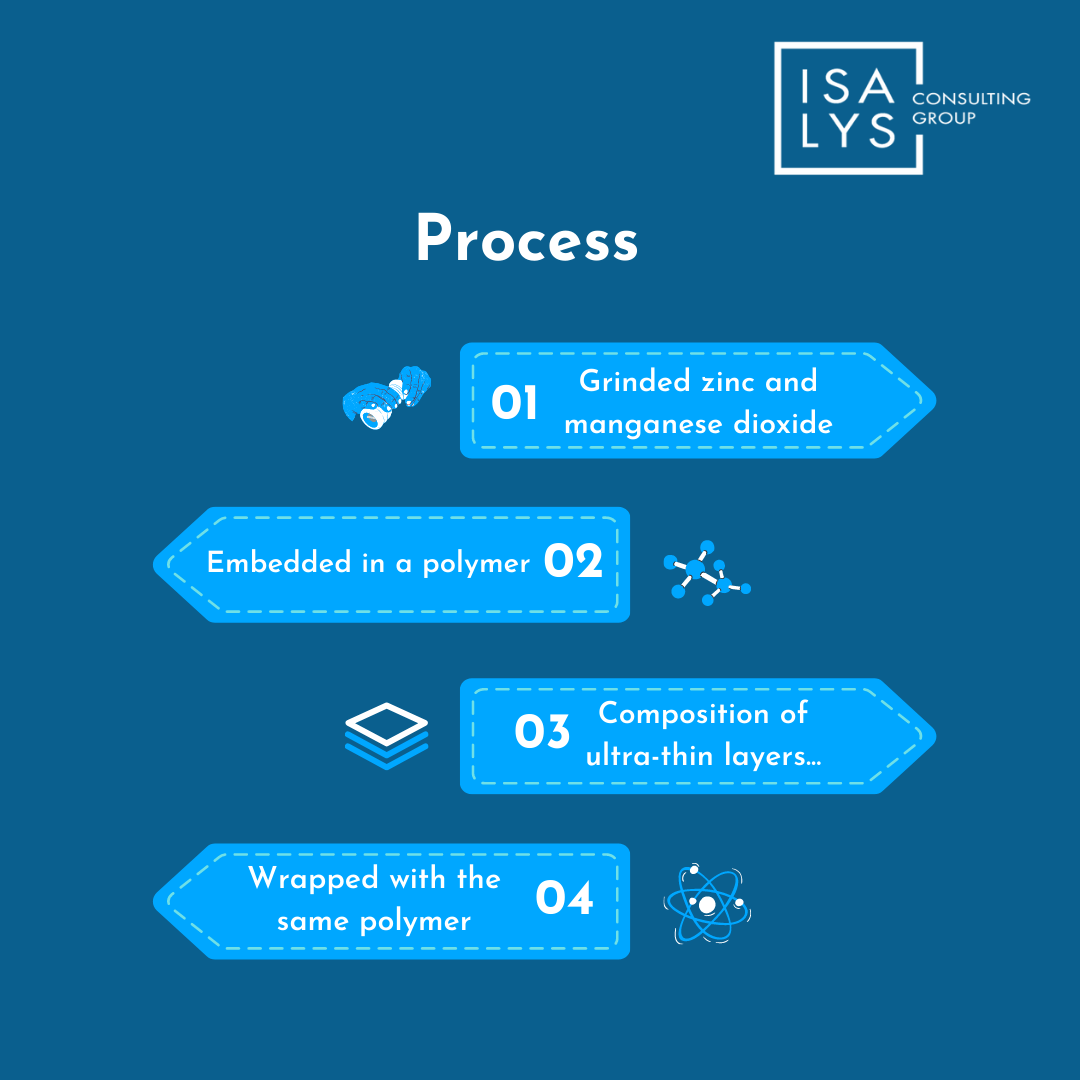
25 Feb Washable and stretchable batteries
Researchers from the University of British Columbia created what could be the first battery that is both stretchable and washable. Even after being thrown in the laundry or being twisted or stretched twice to its normal length, the battery could still be working. This is a significant step forward for the wearable electronics market, as batteries are critical to their development.
The battery, which was developed by Dr. Nguyen and his colleagues, was described in the journal Advanced Energy Materials. Up until now, stretchable batteries faced a major challenge: they have not been washable, and their power supply has been difficult to manage. This new battery is a fundamental addition if they want to withstand the demands of daily use.
How does it work?
 The internal layers of a typical battery are usually hard materials encased in a rigid exterior. To address this issue, the researchers made its key compounds, zinc, and manganese dioxide, flexible by grinding them into small pieces. The small pieces are then embedded in a rubbery plastic or a biocompatible polymer. The final battery is made up of ultra-thin layers of these polymers which have been wrapped inside a casing of the same polymer. This unique structure creates a hermetic, water-resistant seal that helps to ensure the battery’s integrity over time. The researchers’ prototype withstood 39 wash cycles without suffering damage.
The internal layers of a typical battery are usually hard materials encased in a rigid exterior. To address this issue, the researchers made its key compounds, zinc, and manganese dioxide, flexible by grinding them into small pieces. The small pieces are then embedded in a rubbery plastic or a biocompatible polymer. The final battery is made up of ultra-thin layers of these polymers which have been wrapped inside a casing of the same polymer. This unique structure creates a hermetic, water-resistant seal that helps to ensure the battery’s integrity over time. The researchers’ prototype withstood 39 wash cycles without suffering damage.
An affordable alternative
The choice of zin and manganese dioxide chemistry offers another advantage. When worn next to the skin, it’s a safer chemistry than lithium-ion batteries which can emit toxic compounds when they break. The material used is also extremely low-cost, resulting in a low production cost when the battery is mass-produced. Ongoing work is being done to increase the battery’s power output, but if it gains commercial interest, the battery could cost the same as a conventional rechargeable one.
Uses
The battery has numerous applications. It could be integrated into connected watches and sensors patched to the skin that can measure vital signs. The researchers also hope that the battery will be integrated with clothing that can actively change colour or temperature. By creating this cell that is stretchable, washable, and soft, wearable power is becoming more comfortable and convenient.



